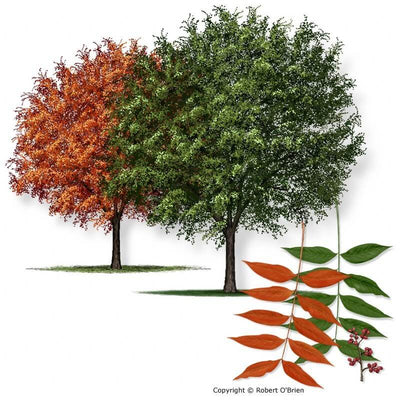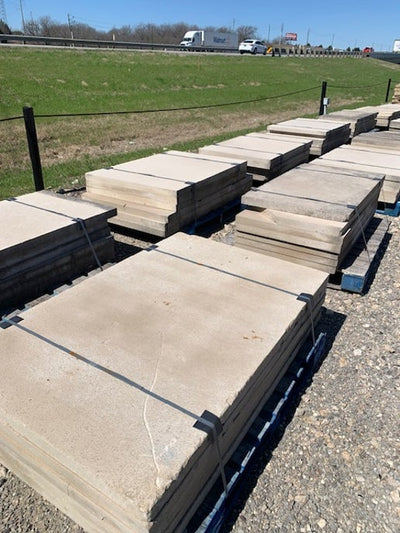Sumac Prairie Flame Leaf
Sumac Prairie Flame Leaf
Description: Prairie Flame Leaf Sumac is characterized by its lance-shaped, serrated leaves that emerge green in spring, transition to shades of orange and red in summer, and turn fiery red in the fall, creating a stunning display of autumn color. It typically grows as a multi-stemmed shrub with an upright to spreading habit. Inconspicuous greenish-yellow flowers appear in spring, followed by clusters of red fruit that persist into winter, providing food for birds.
Size: Prairie Flame Leaf Sumac typically grows to a height of 20 feet with a spread of 10-12 foot. However, it can vary in size depending on growing conditions and may be smaller or larger in some instances. It has a moderate growth rate and can form thickets over time through suckering.
Best Growing Zones: Prairie Flame Leaf Sumac is native to a wide range of habitats across central and southern North America, including prairies, woodlands, and rocky slopes. It is well-suited to USDA hardiness zones 4 through 9. It thrives in full sun to partial shade and is tolerant of a variety of soil types, including sandy, loamy, or rocky soil, as long as it is well-drained.
Soil Requirements: Prairie Flame Leaf Sumac prefers well-drained soil but is tolerant of a wide range of soil types, including poor, dry, or rocky soil. It is highly adaptable to various growing conditions and is drought-tolerant once established. Adding organic matter to the soil can help improve its fertility and drainage, particularly in clay soils.
Maintenance: Prairie Flame Leaf Sumac is relatively low-maintenance once established. It is drought-tolerant and requires minimal watering, particularly once the roots are established. Pruning is generally not necessary for this species, but it can be done in late winter or early spring to remove any dead, damaged, or crossing branches. This species is relatively pest and disease resistant, making it a low-fuss option for landscapes.




